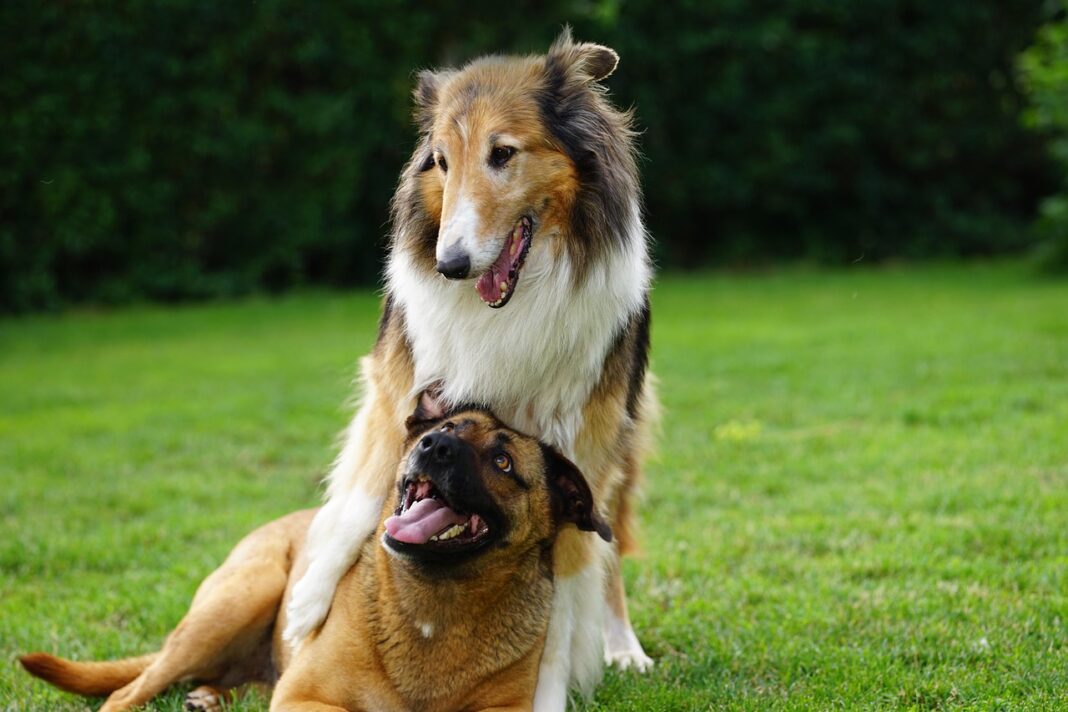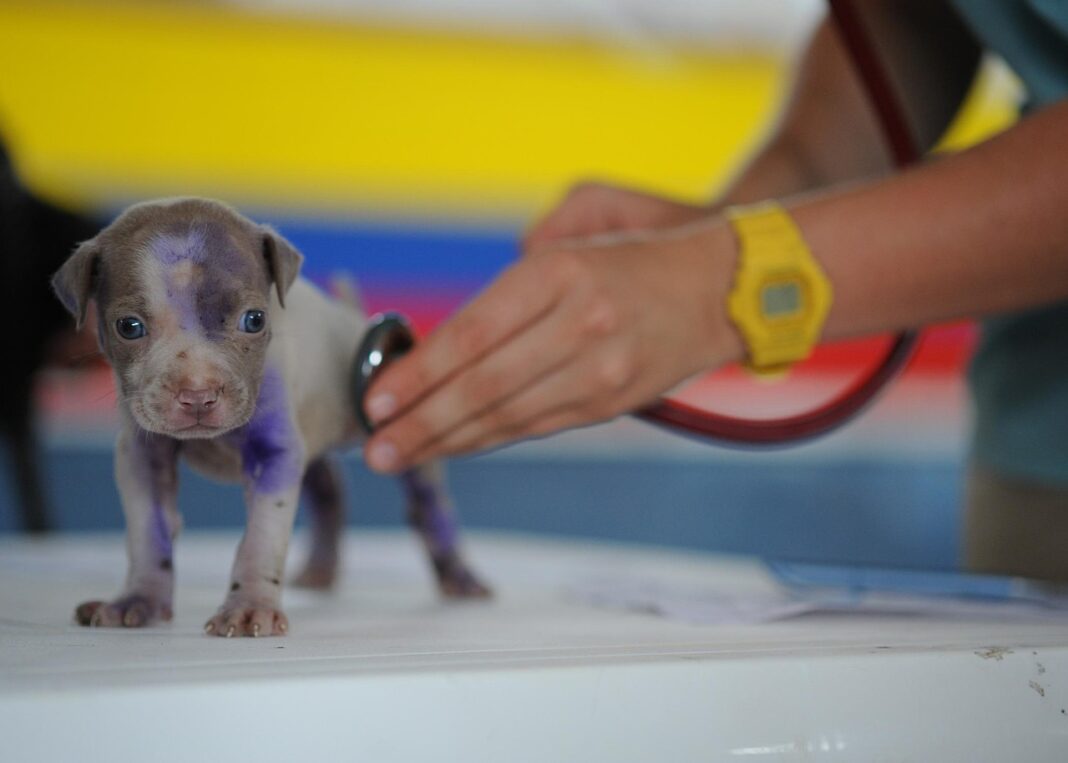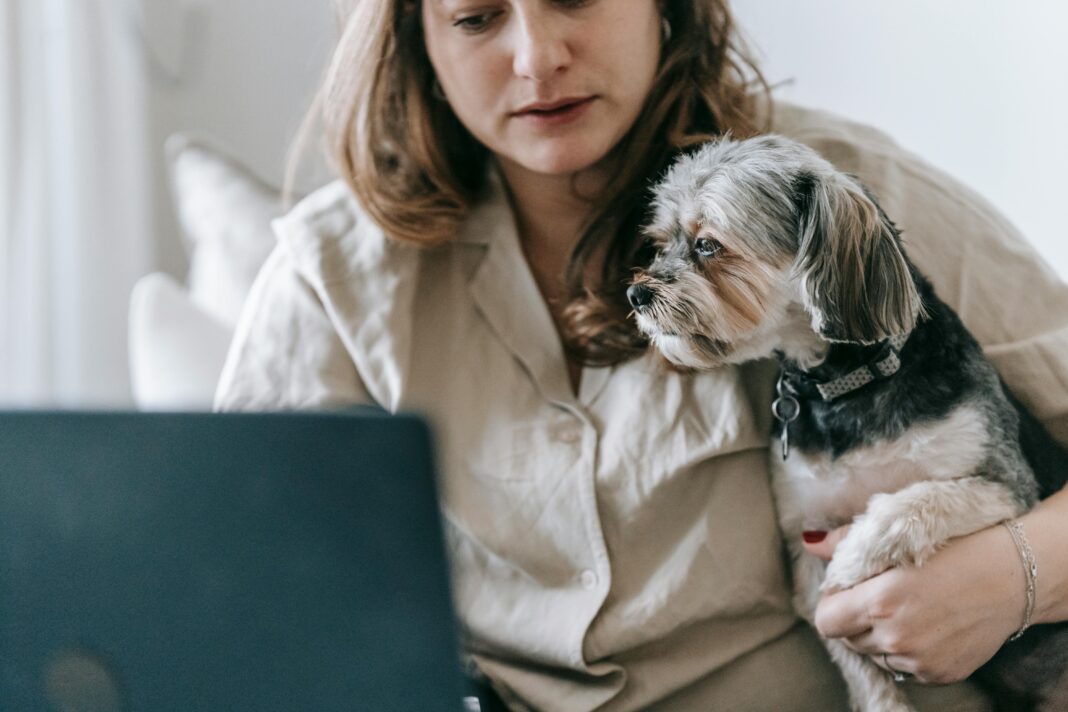Socialization is one of the most essential aspects of pet care, ensuring your furry friend leads a fulfilling and well-adjusted life. A well-socialized pet is not only happier but also tends to be healthier, exhibiting fewer behavioral issues. Below, we delve into comprehensive tips and strategies for effective pet socialization, guiding you on how to unlock your pet’s full potential.
Understanding Socialization for Pets
What is Socialization?
Socialization involves exposing your pet to various environments, people, and other animals in a positive manner. The goal is to help your pet feel comfortable and confident in different settings, which can prevent fear-based behaviors and anxiety.
Why is Socialization Important?
Socialization can have lasting benefits for both dogs and cats. Well-socialized pets are typically:
-
- Less fearful and anxious
-
- More adaptable to new situations
-
- Better behaved and obedient
-
- More likely to engage positively with other pets and people
Tips for Successful Pet Socialization
1. Start Early
Timing Matters
For puppies and kittens, the best time to start socialization is between 3 and 14 weeks of age. During this critical developmental window, young animals are most receptive to new experiences. However, older pets can also benefit from socialization at any age!
2. Utilize Positive Reinforcement
Reward Good Behavior
Always use positive reinforcement to encourage desirable behaviors. Reward your pet with treats, praise, or playtime every time they respond well to a new experience or encounter. This creates positive associations in their mind.
3. Gradually Introduce New Experiences
Take Baby Steps
Avoid overwhelming your pet. Introduce new people, animals, and environments slowly. Start with one new experience at a time—like meeting a calm dog or visiting a pet-friendly park—and gradually increase the complexity and number of experiences.
4. Attend Training Classes
Learn Together
Look for local training classes that focus on socialization. These classes provide structured environments for pets to meet and interact with others under the supervision of experienced trainers. Plus, it’s a great bonding experience for you and your pet!
5. Use Controlled Playdates
Choose Friends Wisely
Set up playdates with other pets that you know are well-socialized and friendly. Ensure all pets involved are comfortable and supervise interactions closely. This can help your pet learn how to play and behave properly around other animals.
6. Exposure to Various Environments
Mix Up Your Routine
Take your pet on outings to different locations, such as parks, beaches, or pet-friendly stores. This helps them become accustomed to various sights, sounds, and smells that they might encounter in everyday life.
7. Engage with Different People
Diverse Encounters
Introduce your pet to a variety of people, including children, adults, and seniors. Encourage gentle interactions, and allow your pet to approach new people at their own pace. This can help reduce anxiety and fear of strangers over time.
8. Monitor Body Language
Pay Attention
Understanding your pet’s body language can help you assess their comfort level. Signs of anxiety or fear include cowering, growling, or excessive barking. If you notice these signs, give your pet space and try the exposure again later, gradually increasing their comfort level.
9. Create Routine Socialization Opportunities
Make it a Habit
Incorporate socialization into your daily routine. Whether it’s regular walks in the neighborhood, trips to dog parks, or participating in pet-friendly community events, create opportunities for consistent social encounters.
10. Be Patient and Consistent
Trust the Process
Socialization takes time, and every pet is different. Some may adapt quickly, while others may require a longer adjustment period. Be patient, and remain consistent in your approach, providing support and encouragement throughout the process.
Common Missteps to Avoid
Overwhelming Your Pet
Avoid subjecting your pet to too many new experiences all at once. This can lead to stress and anxiety.
Negative Reinforcement
Never punish your pet for fearful reactions. This can worsen anxiety and fear towards certain experiences.
Ignoring Signs of Stress
If your pet is showing distress or fear, address those feelings before attempting further socialization.
Practical Examples for Socialization
For Dogs
Take your dog to a quiet park during off-peak hours for initial socialization with fewer distractions. Gradually increase the number of people and dogs as your pet builds confidence.
For Cats
Set up a secure space with a window view where your cat can observe the outside world. Gradually introduce them to sounds and sights from the environment, such as gentle music or the sound of birds chirping.
Ensuring Health and Safety During Socialization
Veterinary Check-Ups
Bezore socializing your pet, ensure they are healthy and up to date on vaccinations. This helps prevent the spread of diseases, especially in communal settings.
Risks of Overexposure
Be mindful of potential risks, such as aggressive pets during playdates or exposure to overwhelming environments. Always prioritize your pet’s safety and well-being.
By comprehensively implementing these tips, you’ll be on your way to fostering a joyful and well-adjusted pet. Socialization is not just about making your furry friend more sociable; it’s about enriching their lives and enhancing their overall well-being!





